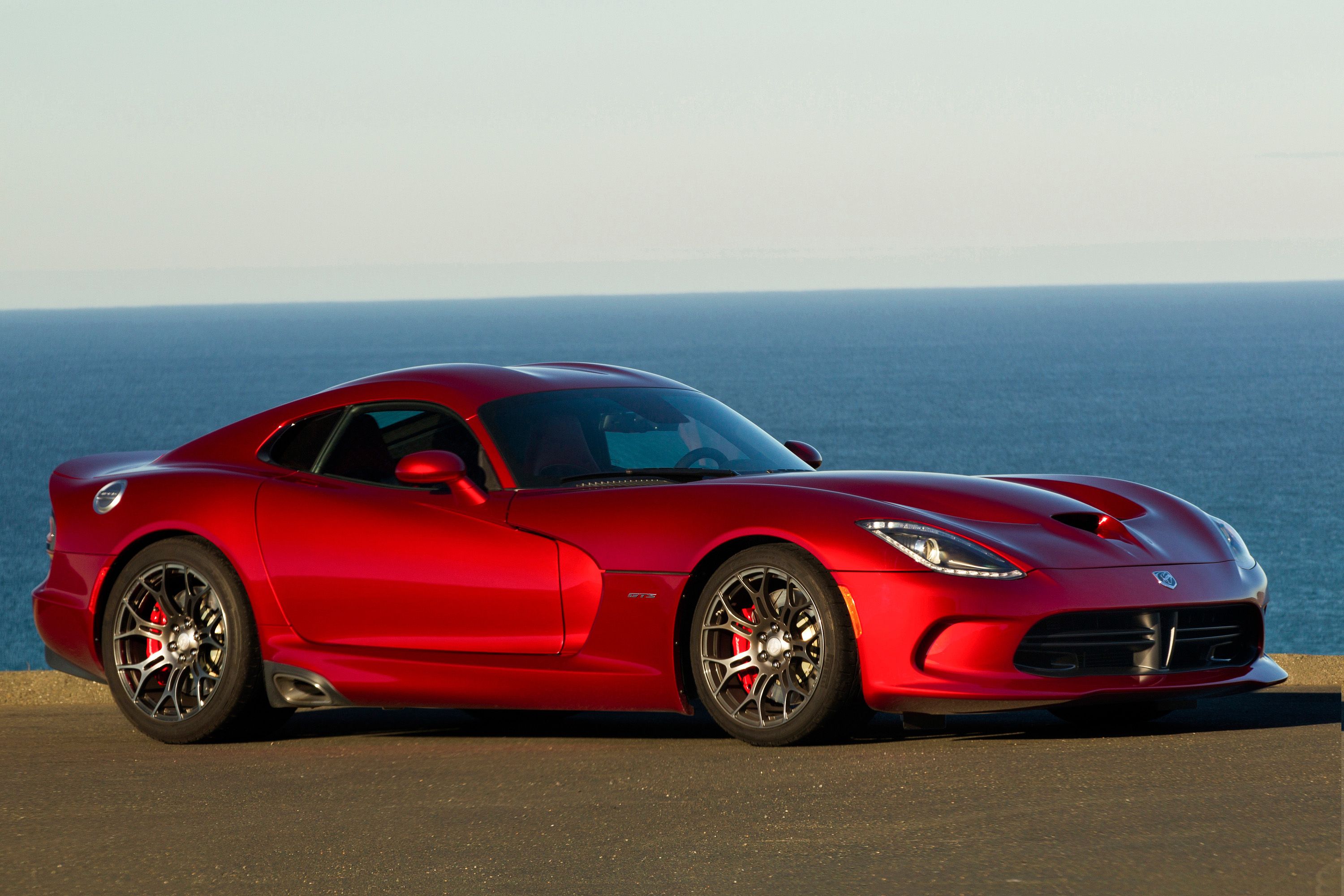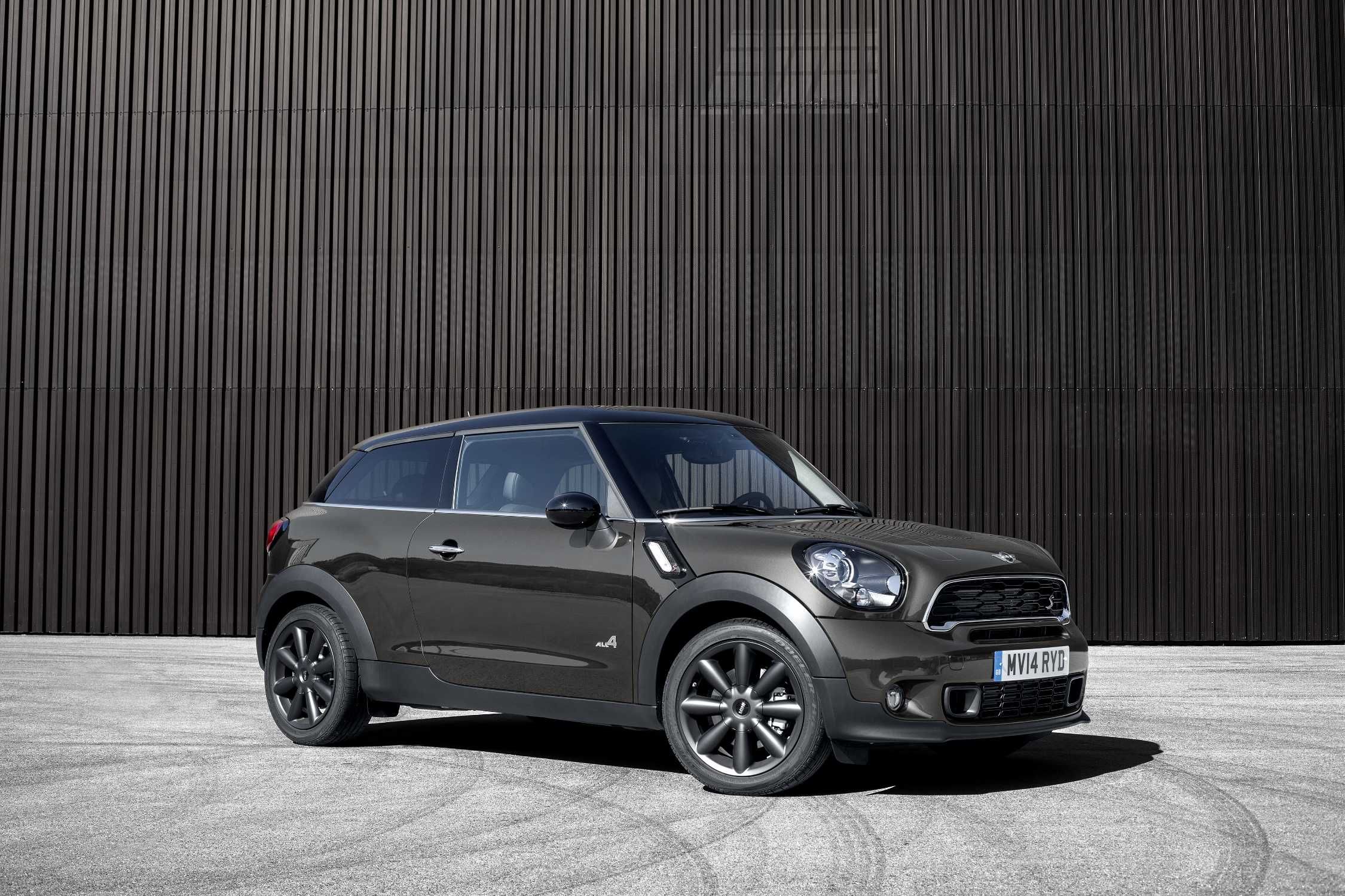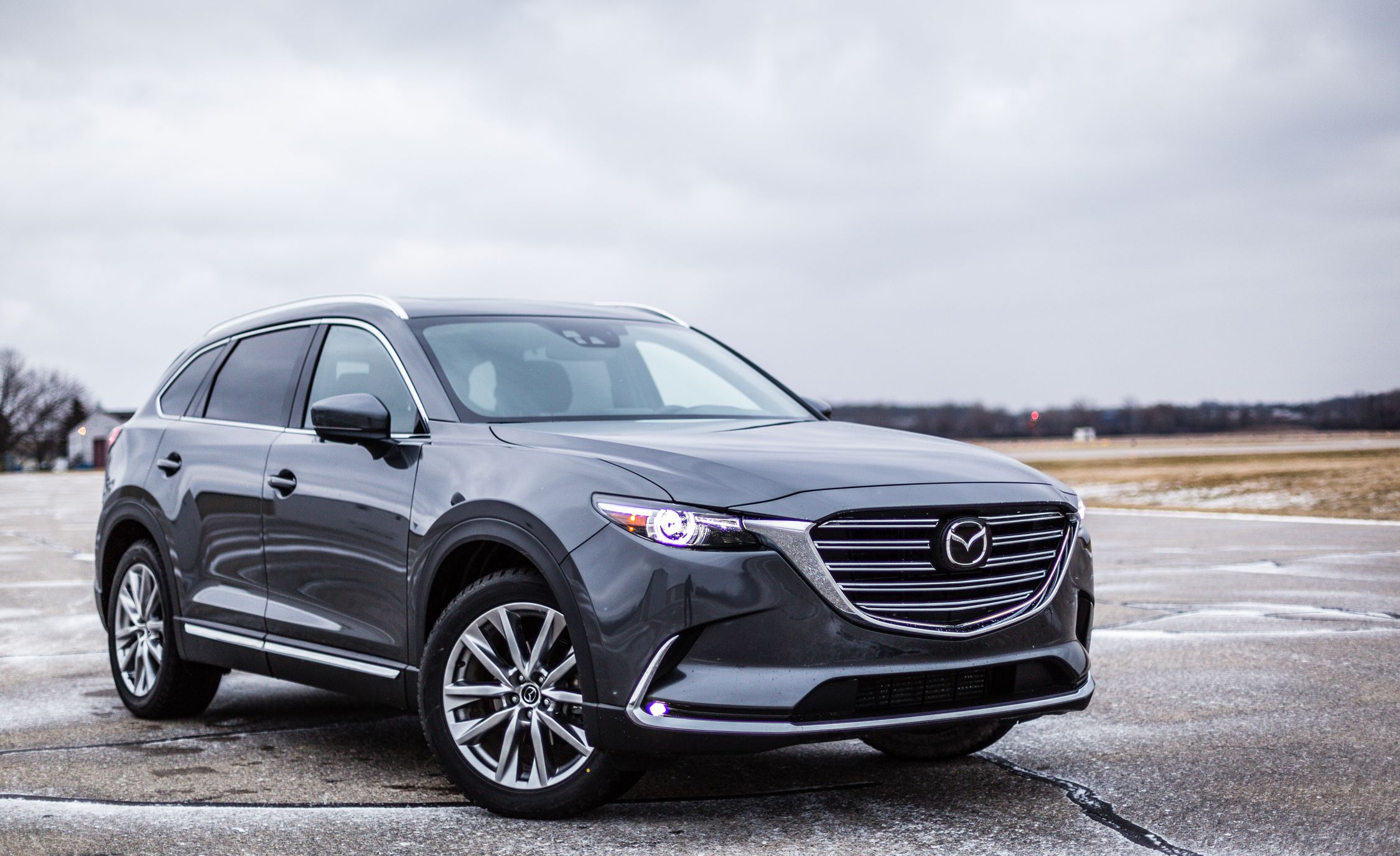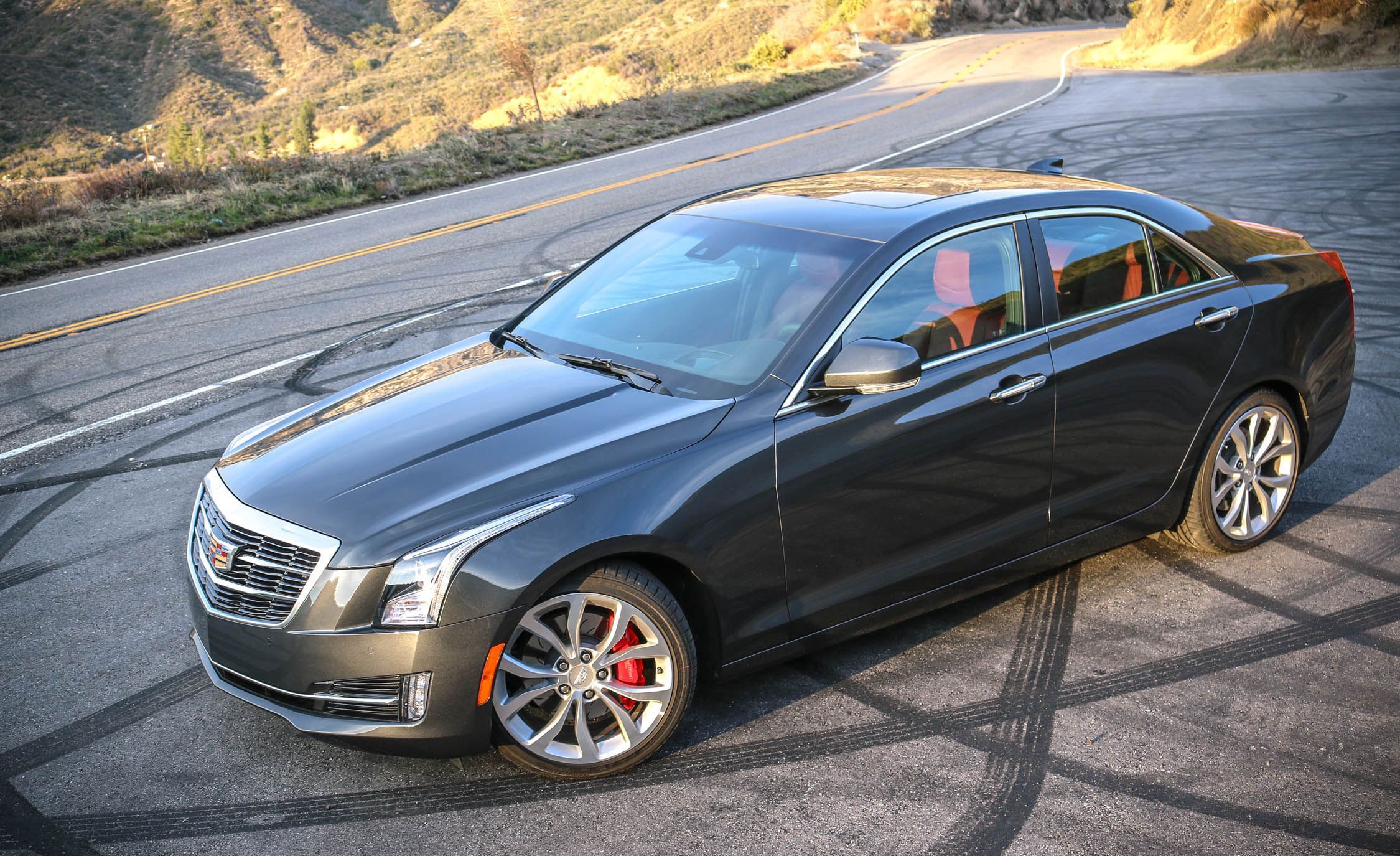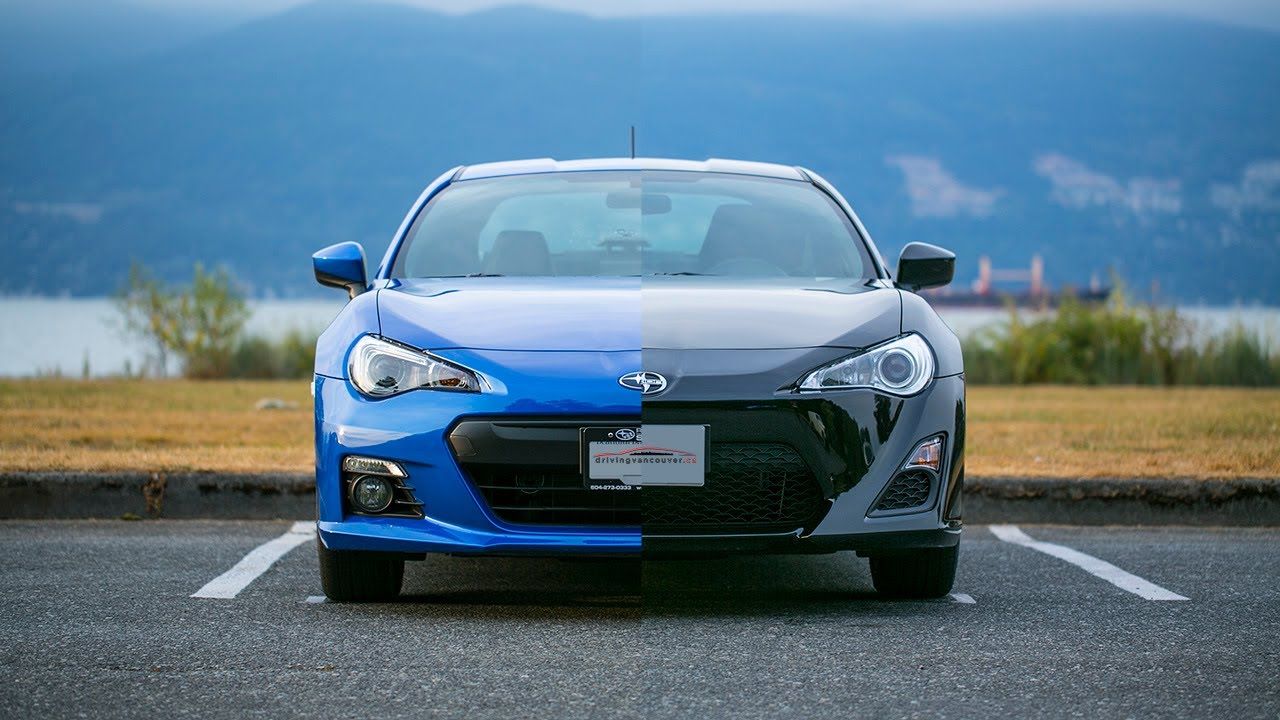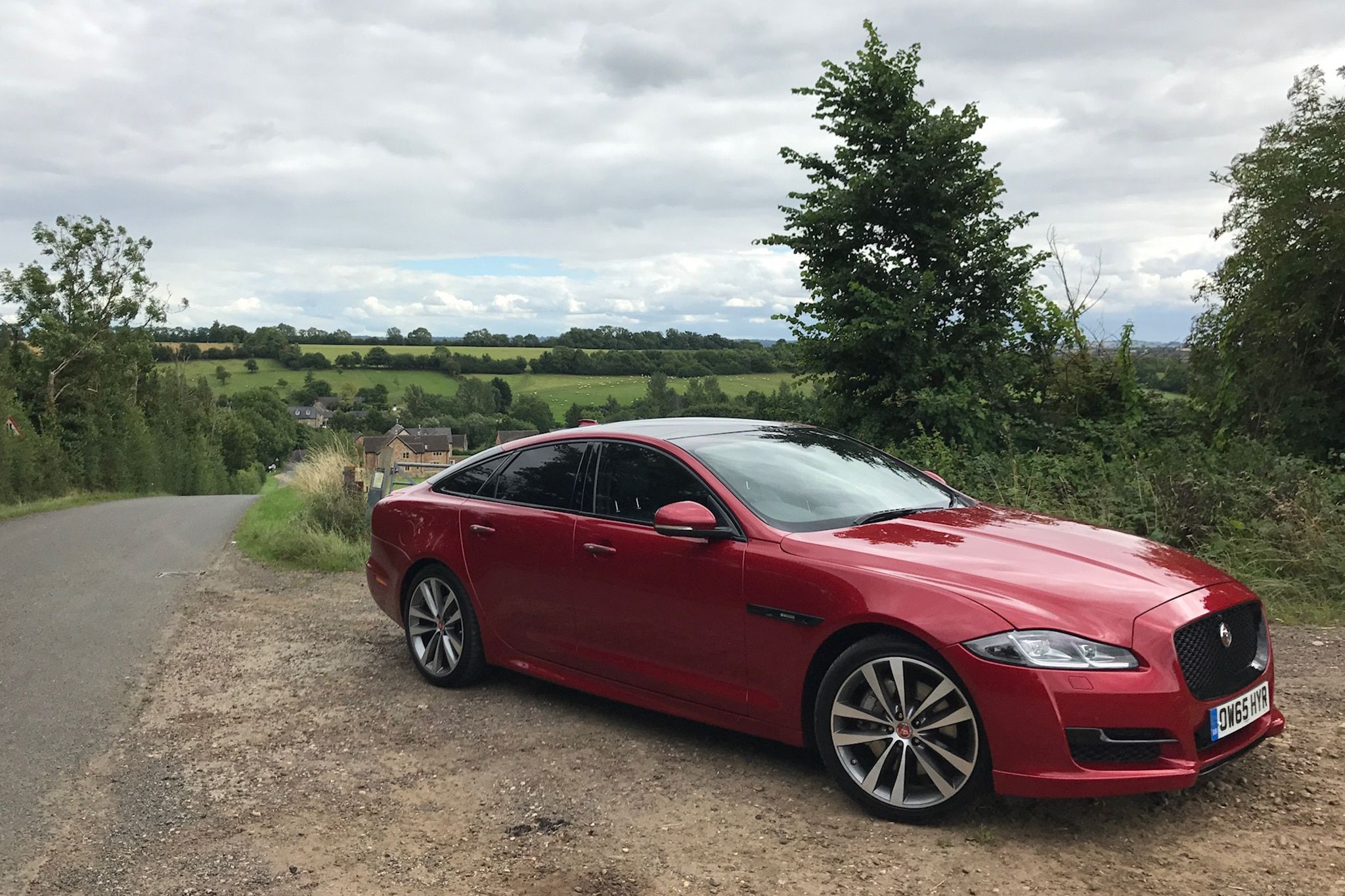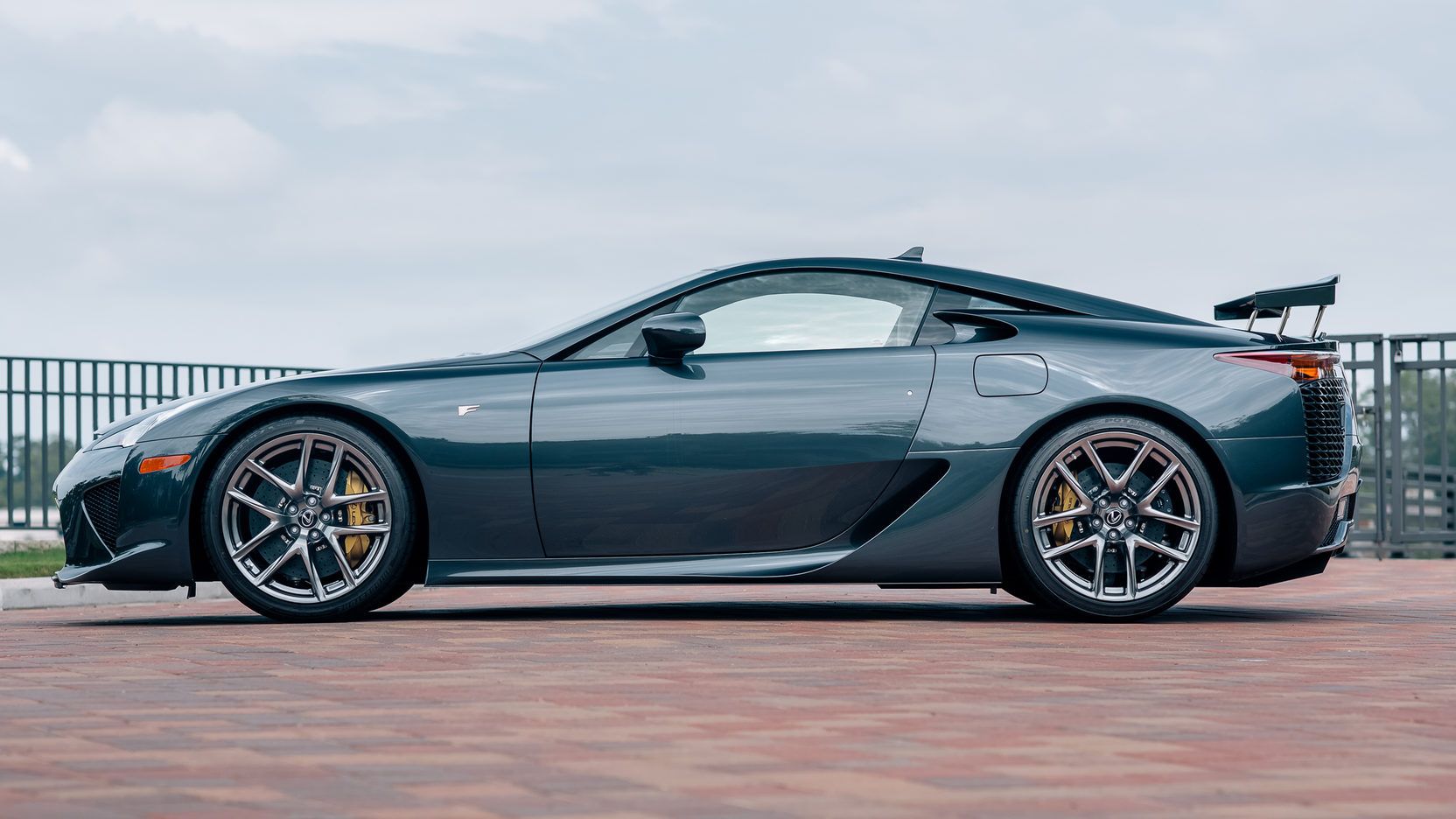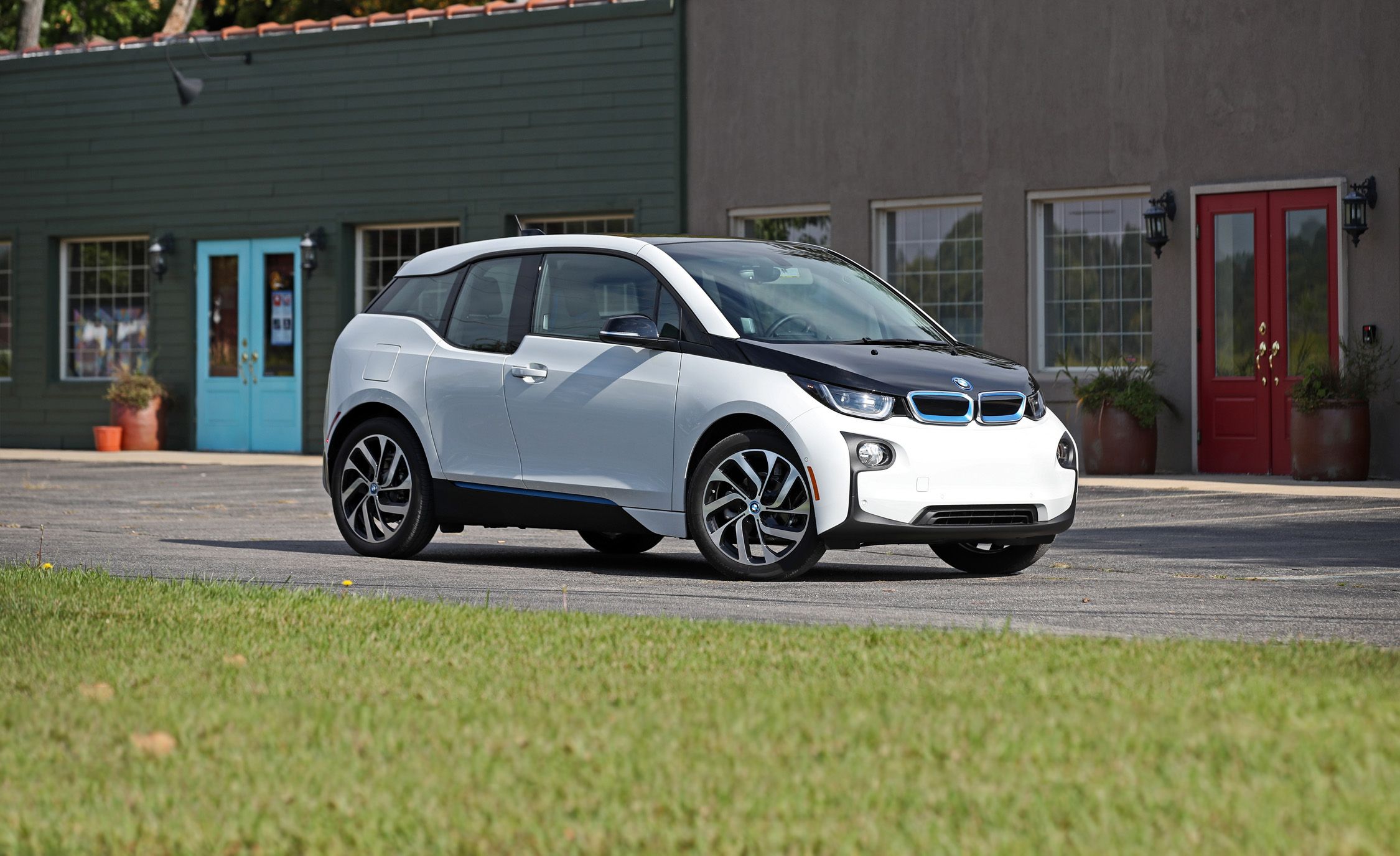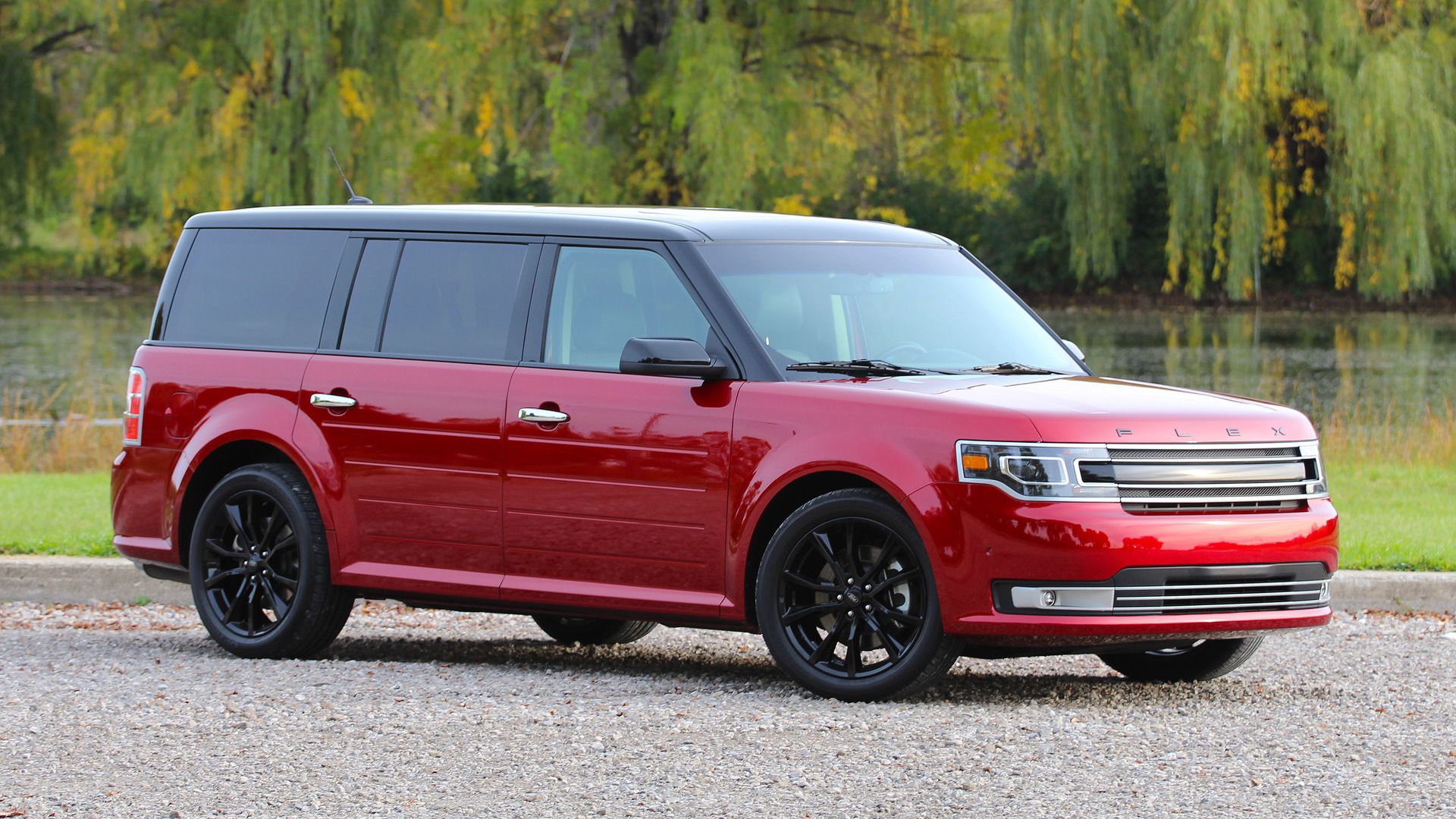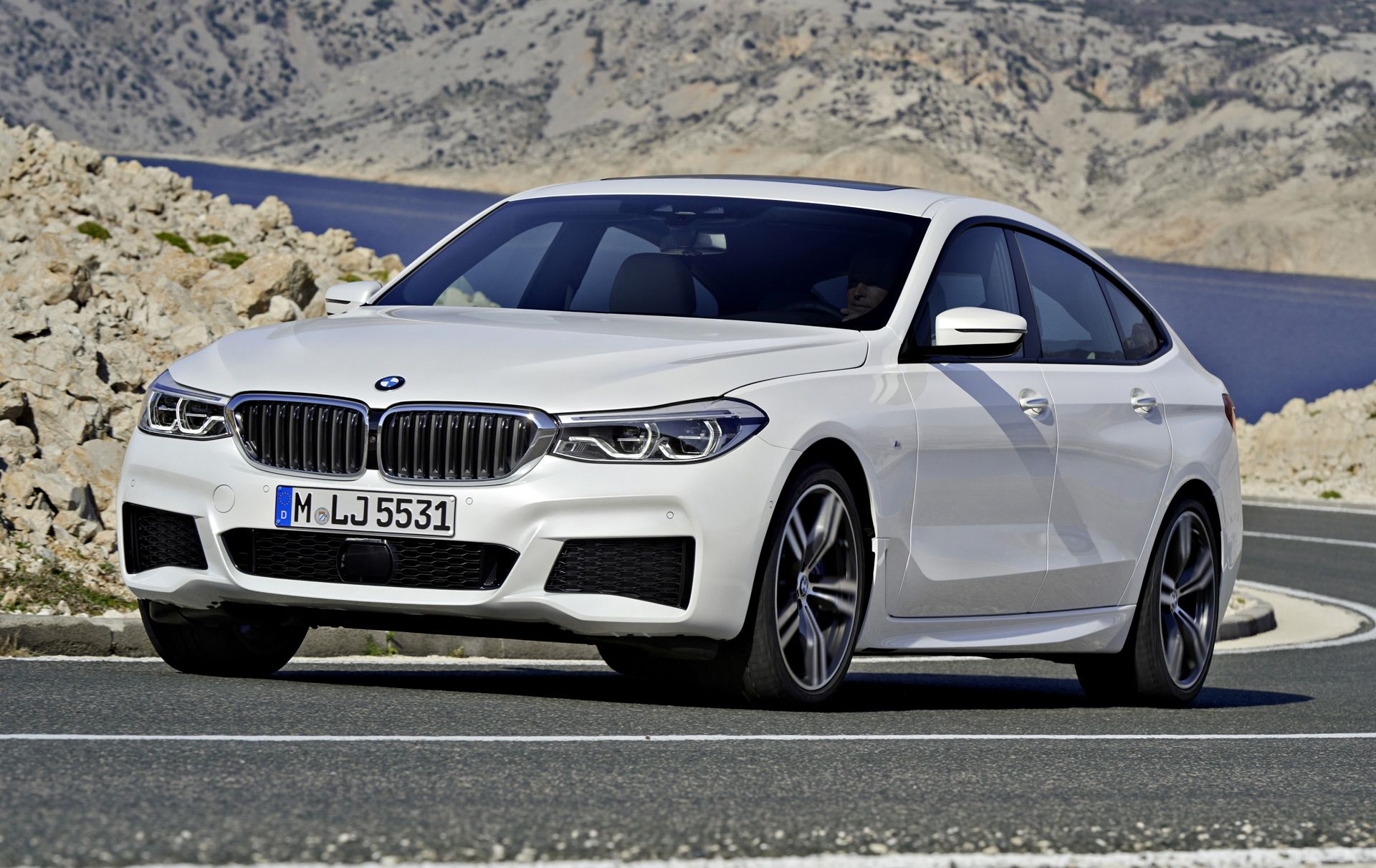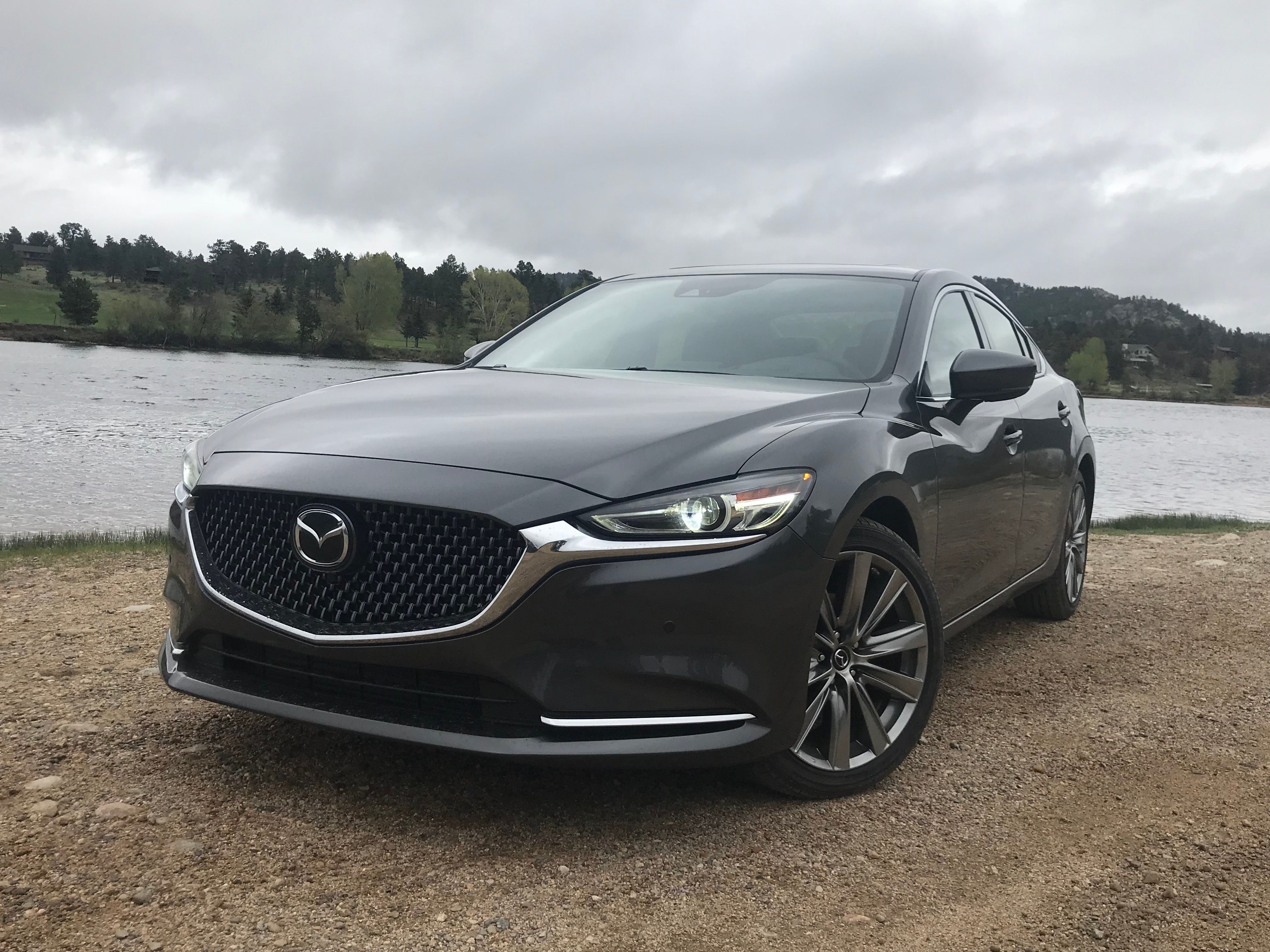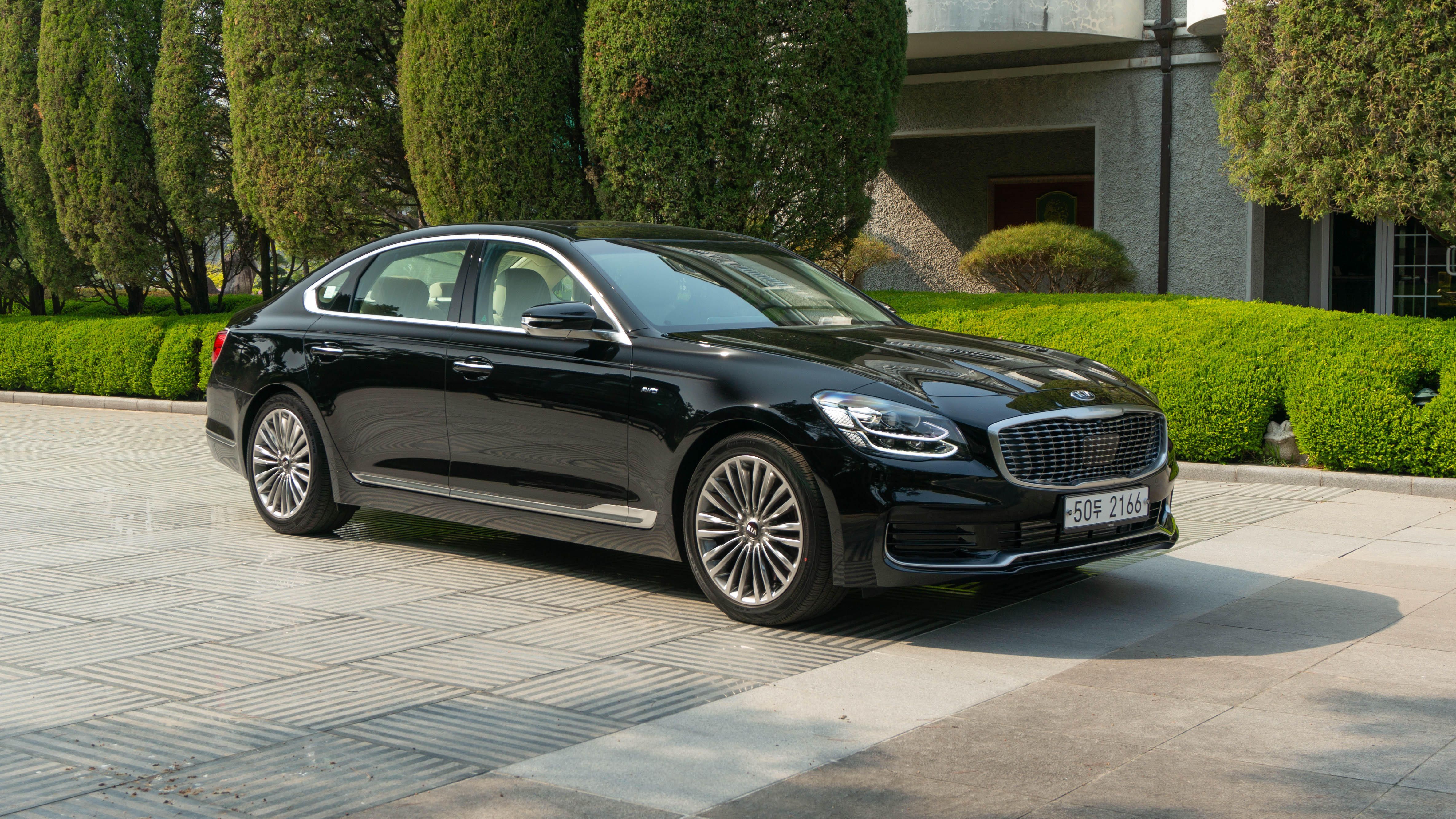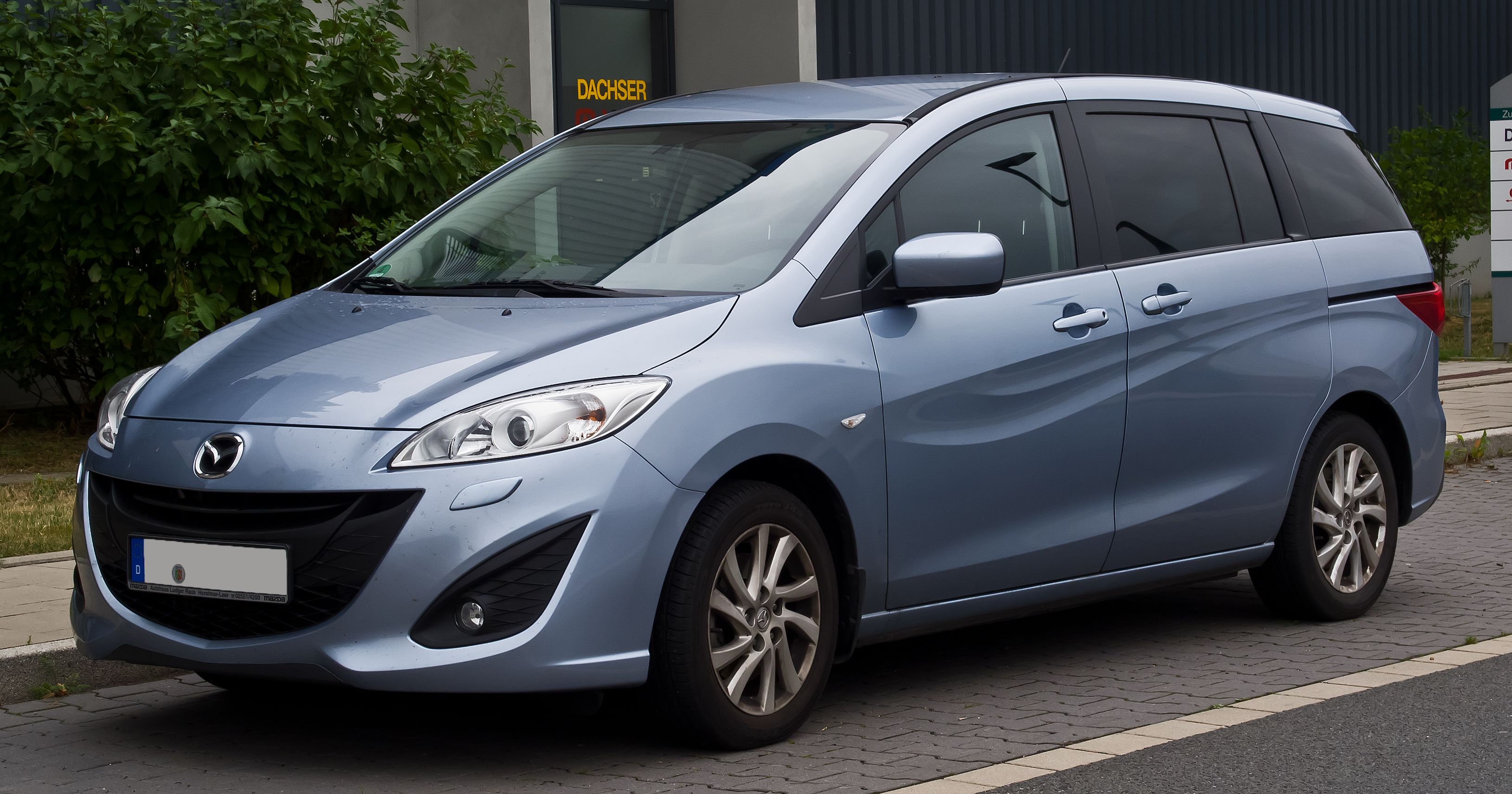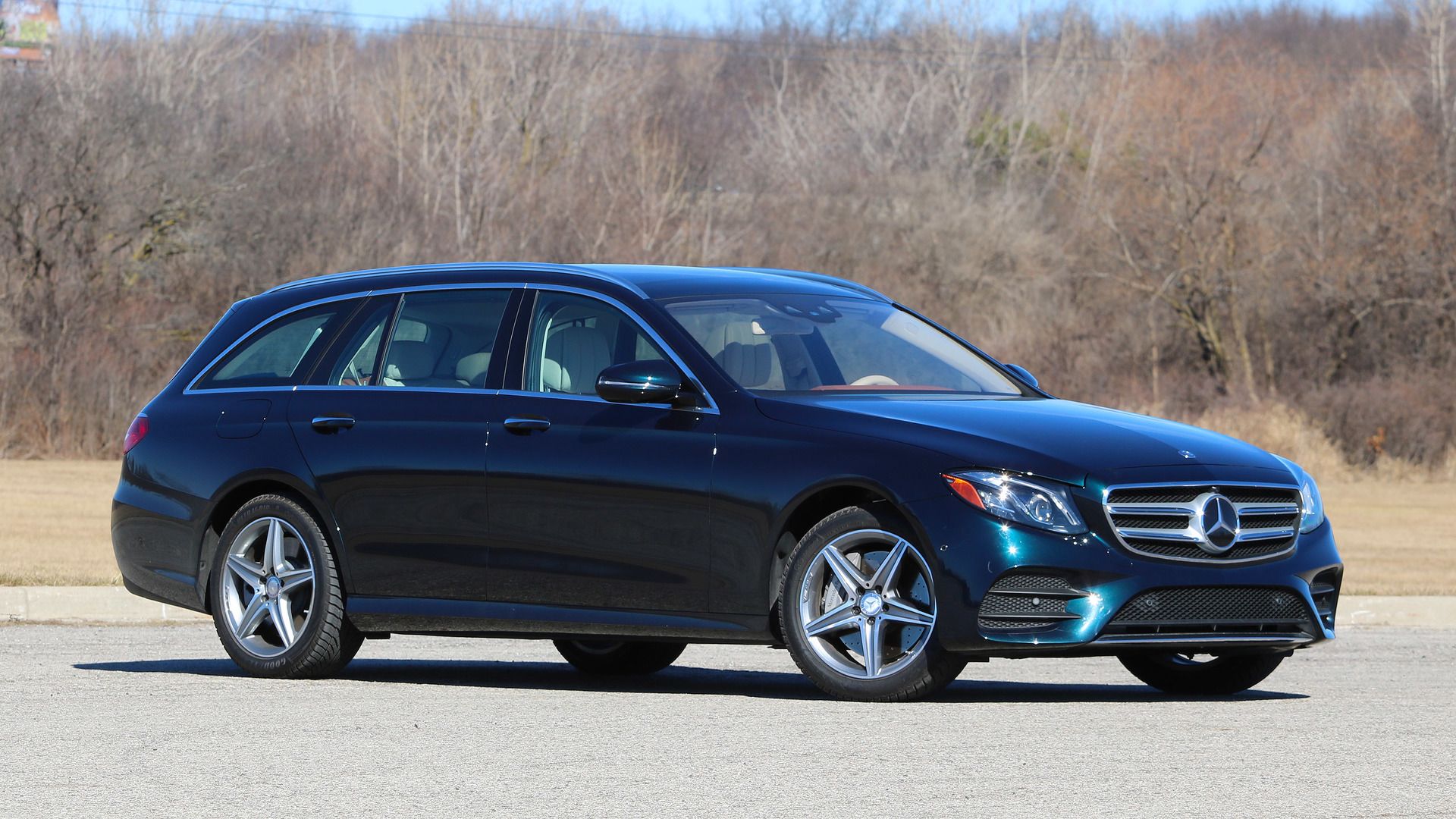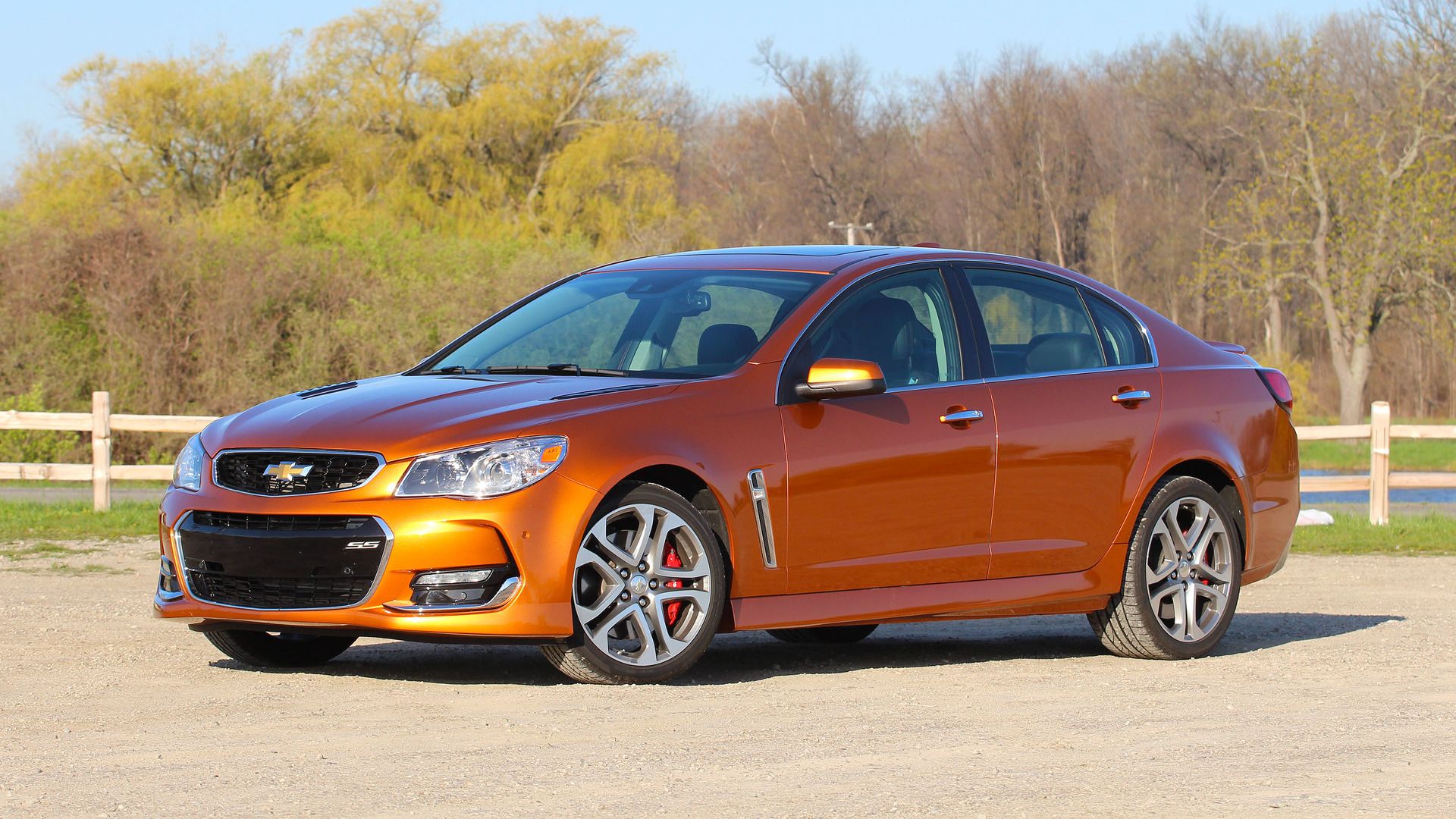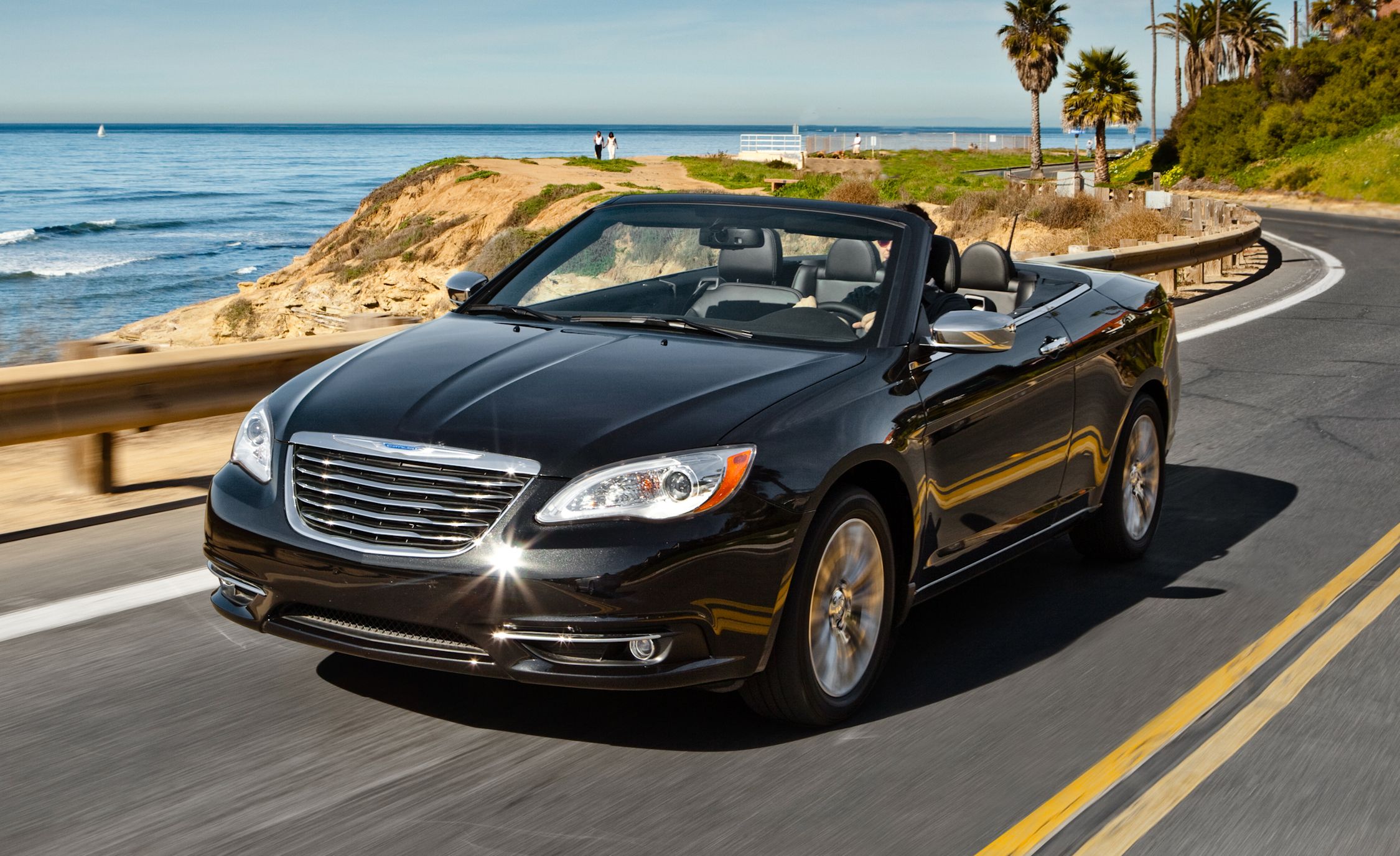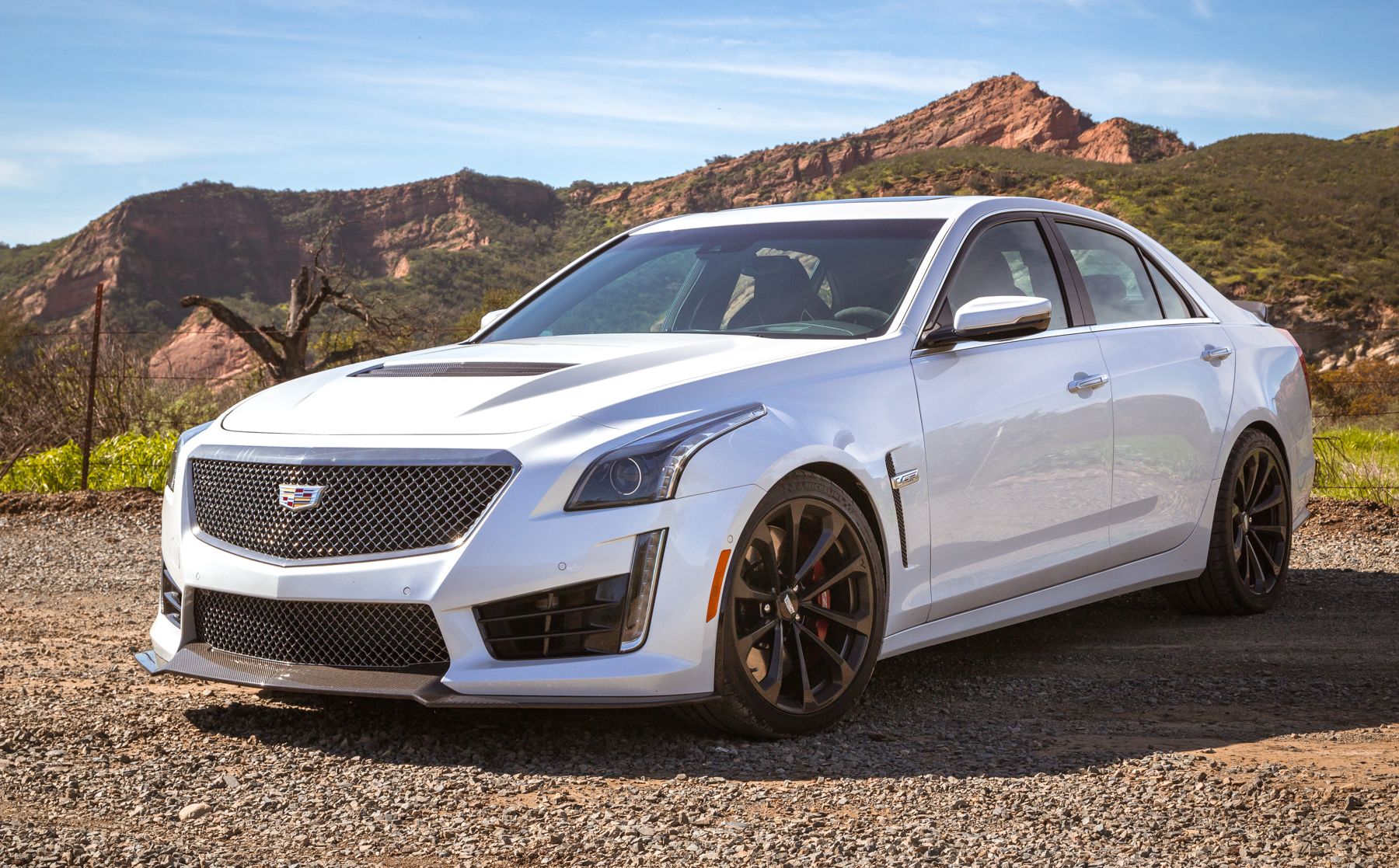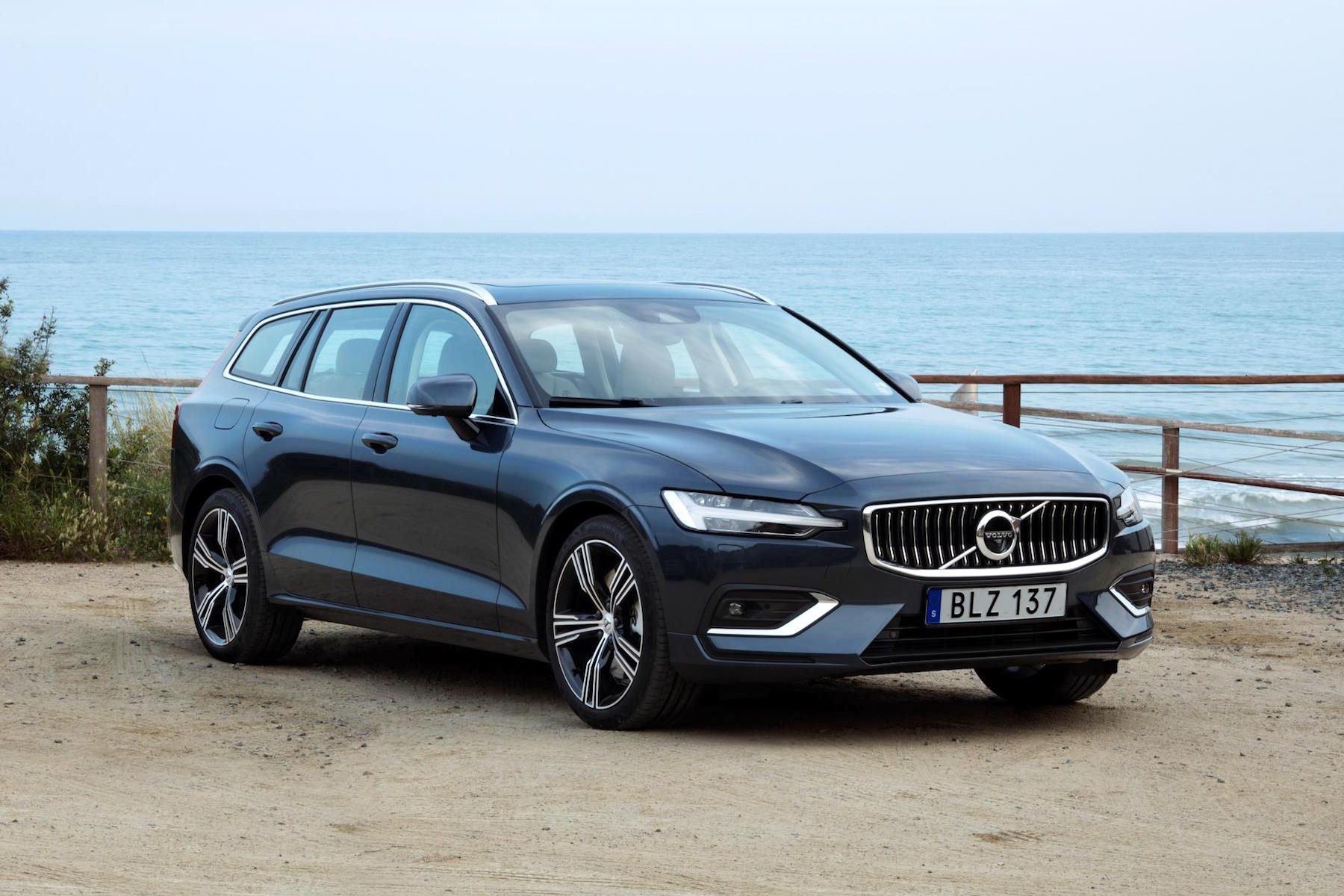When automakers pool their efforts and resources into making a new car, they want to reach as many drivers as possible. They’re a business first and foremost and want to appeal to everyone. If they don’t sell cars, they don’t make money.
In spite of having a business model and plan, though, some car companies have car lineups they seem locked in to. It doesn’t matter how well a car sells—they’ll just keep cranking them out year after year. In some instances, an automaker can make vast improvements each year to make it more appealing. Other times, to the astonishment of car buyers, they do nothing. It all just depends on the make and model.
Buyers don’t have to like a car or buy it in order for it to be a good one. Some of these cars are competent and come equipped with attractive features, though for whatever reason, car buyers aren’t biting at the proverbial hooks automakers throw out. It makes sense for an automaker to try again, recast the line, and hope for more buyers to bite—maybe they change the bait or add a shiny new lure by changing up the styling or trims. Yet, no matter how little interest the car buyer shows, manufacturers keep on making them.
These cars leave buyers baffled they’re even still around. For whatever reason, from the price to the styling to the features—or whatever anyone can imagine—these cars aren't liked, yet they continue to hang around.
20 Porsche Cayman
Even the household name brand, Porsche, experiences less-than-stellar sales figures at times. Car and Driver looked at the sales figures and reported a strong start for the Porsche Cayman, which arrived back in 2006. The number of units sold that year came out to 7,025, which is an impressive number for a luxury sports car that’s intended for a niche audience. Things started to go downhill from there, however.
According to Good Car Bad Car, only 2,800 sold in 2017.
While there’s always hope that a car could spring back, many wonder if the Cayman has overstayed its welcome.
19 Dodge Viper
How is this possible? The Dodge Viper is a beautiful wannabe race car, which isn't a slam but an endearment. The exterior’s design alone screams speed. Jalopnik points out that the car has a limited niche of buyers, which is already a disadvantage against it. People today are more practical about their cars, and the Dodge Viper might not have an adequate enough market. One would think sales should be better, though, at least closer to the 2005 year which Good Car Bad Car had at 1,652 units. Now, it’s ranging between 500 and 700 units a year.
18 Mini Paceman
The Mini Cooper has practically become a household name in a matter of years. The Paceman has many wondering if the famed brand is on the decline, though. The Paceman looks like a departure from the norm for Mini, and that’s to be commended. The Mini brand may have bitten off more than they could chew with their Paceman, though.
As Cheat Sheet speculates, the Paceman is a two-door crossover that may not appeal to any one market in particular.
In one way, it’s torn between two car buyers: the niche buyers looking for a compact and the families who want an everyday commuter.
17 Lotus Elise, Exige, and Evora
Lotus may be a British brand, but they’ve imported cars to the U.S. before. Jalopnik has Lotus cars listed as some of the best cars no one buys. Although the luxury sports cars appeal to a limited clientele, the Lotus hasn't quite caught on, if sales figures are a metric worth examining. According to Car Sales Base, only 140 Lotus cars sold in 2014; the year after that, only 80. Fans of Lotus cars don’t get why people aren’t jumping on board. If they did, it would only bring more Lotus cars Stateside and even improve the quality of the competition.
16 Mazda CX-9
There’s a reason many automakers continue to produce the cars on the list despite the lack of positive reception. Most of them sold well back in the day. The Mazda CX-9 is one example, but it’s long past its expiration date. According to Cheat Sheet, the huge SUV was a major competitor back in 2006. What’s hard to figure out is why Mazda keeps churning these out?
The same source goes on to report that Mazda experienced a 92.1% drop in CX-9 sales from 2015 to 2016.
With the hope that sales will improve going forward, Mazda continues to produce the CX-9.
15 Cadillac ATS
The Cadillac ATS is a bigger car that offers comfort and performance. Available in both sedan and coupe trims, the car hasn’t quite caught on in spite of continued production. Car and Driver notes that Cadillac intended the ATS to go toe to toe with BMW. The Cadillac ATS holds its own when comparing some features. Like all cars, it has its shortcomings but perhaps not to the extent its sales reflect. The same source also notes that 29,890 units sold in 2014. They just can’t put a finger on why so many drivers neglect the ATS year after year.
14 Scion FR-S/Subaru BRZ
These two cars were a collaboration between two major automakers: Toyota and Subaru.
The sales started out well, according to Jalopnik, but started to show a decline in 2014.
For example, the Scion FR-S sold over 18,000 units in 2013, according to Car Sales Base, then dropped down to a little more than 14,000 for 2014. Unfortunately, it didn’t get better from there. The same source has as many as 10,507 units sold in 2015 before dropping down to 7,457 in 2016. Despite being an appealing sports car, car buyers are losing interest in the Scion FR-S and the Subaru BRZ.
13 Jaguar XJ
Believe it or not, there’s a 2019 Jaguar XJ. That may not sound very surprising at first, but one need only look at their sales figures to raise an eyebrow. According to Good Car Bad Car, 2,834 units sold in 2016. It then dropped down in 2017 to 2,721 units. This decline in sales boggles some, including Car and Driver, who put the Jaguar XJ ahead of other large luxury sedans when it comes to its aesthetics. Still, in spite of its pros, the sales speak loudly about one thing: America isn’t thrilled by the Jaguar XJ.
12 Lexus LFA
The styling of this car might be too aggressive for some, but it shouldn’t alienate as many buyers as it has. It’s a Lexus, so owners can expect luxury; only this time, they get comfort on top of high performance. According to Jalopnik, it has a V10 separating it from the rest.
Despite these appealing features, along with a higher price tag, though, buyers balked.
The base price is $375,000, U.S. News reports, which is just too much for buyers today. Out of all the cars listed, this is one of the easier ones to accept why it never caught on.
11 BMW i3
One look at the BMW i3 will trigger one of two potential reactions: admiration or puzzlement. In the former camp is a respect for the engineering behind it; BMW has put something unique, and dare we say, even stylish? The latter camp is more confused by this EV more than anything else and wonders where the appeal is. If Cheat Sheet's findings are any indication, it would appear the appeal is limited; they report that its low charge at 81 miles and expensive price tag at $42,000 may be to blame for its failure to launch. Perhaps BMW released this one ahead of its time.
10 Ford Flex
Ford flexed their proverbial muscle, pooling their efforts into making this crossover SUV. Regardless of the work and money that went into delivering it, the public doesn’t seem that interested. It’s odd, considering the boom crossover SUVs are going through now.
The Ford Flex may have just crossed over a little too much for national sensibilities.
According to Car and Driver, Ford sold 23,822 units in 2014. While not entirely fair, compare that with the total number of Ford Explorers sold in 2014 at 209,994—as reported by Ford Authority—and it's clear people are content with other offerings.
9 BMW 6 Series
The addition of BMW’s 6 series on this list is bound to raise some eyebrows. The lineup has plenty of fans. In part, that’s due to the wide range of appeal in a series that caters to several drivers’ interests. According to Cheat Sheet, there are several versions available from coupes to convertibles and more. It’s an attempt to appeal to the masses. The sales didn’t reflect a strong reception, however. The same source reports that BMW 6 series sales took an 84% dip from early 2015 to early 2016. But BMW still makes them despite the market’s verdict.
8 Mazda 6
So far, car buyers have shrugged at the arrival of the Mazda 6. The sales aren’t exactly abysmal, but they definitely aren't excellent. Jalopnik even goes so far as to call it "the best car in its class.” That sure is high praise for a car that goes up against other competitors like the Toyota Camry and the Nissan Altima.
Regardless of the praise for this car, sales are going down each year.
When looking at the sales figures provided by Good Car Bad Car, the Mazda 6 sold 57,898 units in 2015, dropped to 45,520 the next year, and then even more in 2017 to 33,402.
7 Kia K900
The Kia K900 is a sleek and stylish sedan. The sales figures haven’t been anything great despite it looking like a luxury car. Jalopnik examines the reasons behind this and speculates that it might have something to do with buyers not wanting a quasi-luxury car when they can get an actual one. Part of what makes the K900 attractive, despite the exterior, is that it’s a lot cheaper. No matter how much it looks and feels like a luxury car though, buyers aren’t buying it—literally and figuratively. The same source suggests consumers would rather go all in on a real luxury car than one they think is an imitator.
6 Mazda 5
The Mazda 5 isn’t vibing with local buyers, at least if the sales are an indication.
By today’s standards, in a market oversaturated with crossovers and SUVs, the Mazda 5 looks a little old-fashioned.
It shares more in common with a minivan than anything else. Car and Driver praises it for being easy to park and for its pleasant driving experience. They also make note of its $22,060 price tag, giving it a slight edge over other minivan offerings. In spite of these positive features, though, buyers seem to have moved on from minivans and have clung to SUVs and pickups.
5 Mercedes-Benz E-class Wagon
Do car buyers still love wagons? They used to be more ubiquitous but aren’t as easy to spot on roads anymore. Still, major automakers, including Mercedes-Benz, continue to churn these out. These don’t come cheap either, which is a little surprising, considering the brand. According to Car and Driver, the starting price is a whopping $59,925. While the E-Class, in general, performs well in sales, the wagon sells less. In 2014, the same source reports that wagons only accounted for 3.5% of the E-class cars Mercedes-Benz sold, which comes out to a measly 2,327 units in all.
4 Chevrolet SS
The Chevrolet SS has decent performance and great handling, which isn't a guarantee for larger sedans like this. This is a great middle ground for those who want a family car without sacrificing the thrills they really want. As Jalopnik points out, they even have a manual transmission option for those who want to go all in on its performance. Still, despite the effort by Chevy, no one seems to notice or care—at least enough to buy more of them. According to sales figures for each year posted by Good Car Bad Car, it’s doing better. Many wonder whether it'll be enough to generate interest.
3 Chrysler 200
Chrysler has had some success with their lineup of vehicles, including the popular 300. They can’t all be winners, though. Car buyers just don’t seem that interested in the Chrysler 200. Cheat Sheet admits there’s nothing really that bad about it but speculates on features that could've rubbed prospective buyers the wrong way.
The driving experience was lackluster, and the interior isn’t the most spacious around.
It doesn’t help either that the company behind the Chrysler 200 doesn’t have the highest praise for it. If that was a sales tactic meant to entice adopters, it hasn’t worked yet.
2 Cadillac CTS
Regarding the Cadillac CTS, it might be a case of too little, too late. Like the ATS, it’s going up against BMW. Car and Driver wonders why there aren't more BMW who make the switch to Cadillac with cars like the CTS. Perhaps, it’s because BMW is a bigger and more trusted brand that’s built an astounding level of rapport with its customers over the years—something that Cadillac can't match. Whatever the reason might be—despite coming with a powerful V6 that can do 420 hp—the CTS gets overlooked, and the car buyers have spoken: they’re just not that into the CTS.
1 Volvo V60
Believe it or not, that’s a Volvo. This isn’t your usual Volvo wagon many got used to seeing growing up. This is something different and attractive from the well-known automaker. The only problem is, few buyers are scooping them up. Jalopnik points out that only 4,990 units sold in 2014.
The same source goes on to speculate about the end of wagons, which perhaps is to blame for the lack of enthusiasm with which the V60 was met in the States.
All cars go through trends, so it’s possible wagons could get popular again one day. For now, SUVs and crossovers look to continue dominating the market.
Sources: Cheat Sheet, Car and Driver, Ford Authority, Jalopnik



